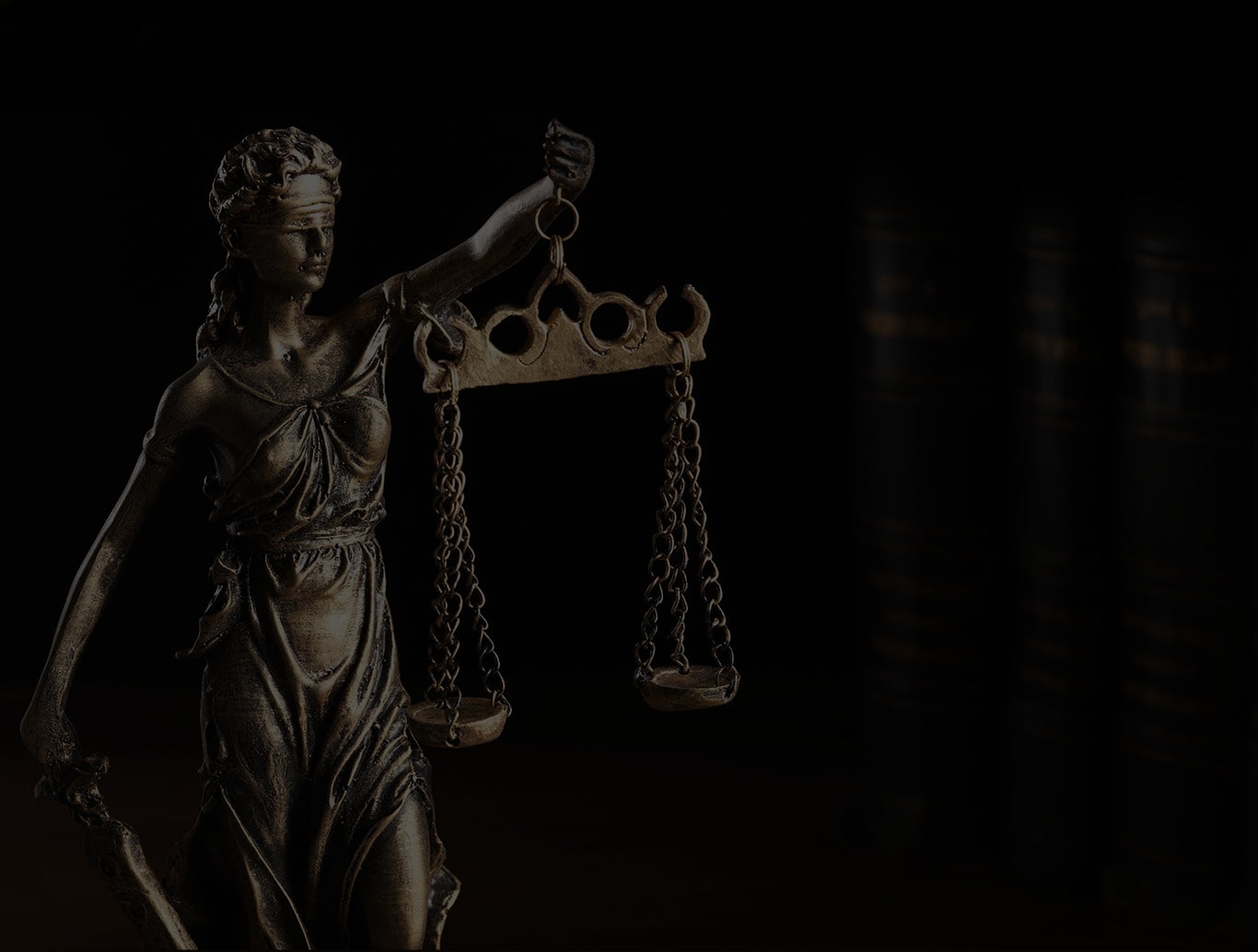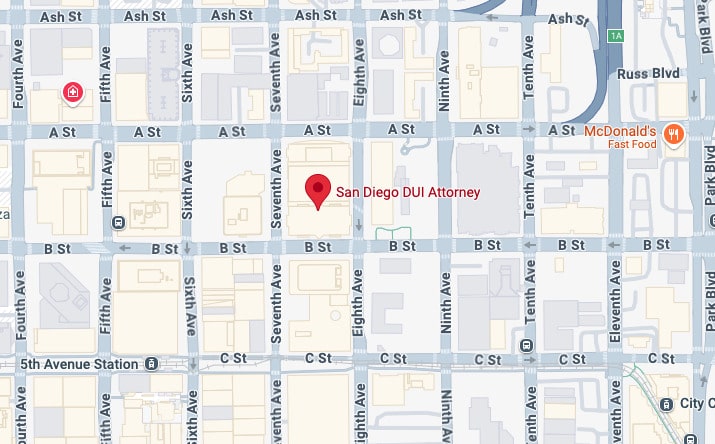Typically, an arresting officer in California must have probable cause that a driver is under the influence in order to conduct a DUI test. Often times, this means that the arresting officer observes an unusual pattern of driving (e.g. swerving, or failure to stay in a single lane). These observations indicate that the driver could be operating the vehicle while intoxicated, or under the influence of drugs.
However, California law gives police the power to set up DUI checkpoints without a showing of probable cause. These systematic checkpoints are designed to identify and discourage driving under the influence. While they serve an important purpose, they are also extremely intrusive. For this reason, there are a number of procedural guidelines the police must follow when they conduct DUI Checkpoints. For example, all operational decisions regarding checkpoints must be made by Supervising Officers. Further, decisions regarding which vehicles to check must be made in advance, and must be according to some neutral mathematic criteria. There are also several regulations regarding the safety and reasonableness of DUI Checkpoints. Each of these regulations will be discussed in detail below.
If you find yourself at this website, you, or a loved one, may have had a recent encounter with a DUI Checkpoint. You probably have a lot of questions, and are wondering how to proceed. This article will help you understand how the DUI Checkpoint should have been set up, and how your interaction with the police should have gone.
The San Diego DUI Attorney has lawyers with nearly three decades of experience in handling DUI cases. We encourage you to call us today, at 619-535-7150, for your FREE consultation.
California Dui Checkpoint Guidelines
Due to their intrusive nature, there are strict requirements that govern California DUI Checkpoints to ensure that they comply with the US and California Constitutions. California Checkpoints must adhere to the following guidelines:
All Operational Decisions Must Be Made By Supervising Officers
Operational decisions include the how, when, and where DUI Checkpoints will occur. Such decisions must be made by supervising officers in order to help ensure Checkpoints will be set up and enforced according to the proper procedures.
Neutral Criteria Must Be Used For Stopping Motorists
In other words, the filed officers cannot determine who to stop as the Checkpoint is in progress. The criteria must be neutral and it must have been pre-established by the Supervising Officers. In order to be neutral, some mathematical selection should be in in place. For example, stopping every fifth car would be permissible; Stopping based on the appearance of the driver or vehicle would not. This rule is in place to reduce chances of profiling by the filed officers.
Checkpoints Must Be Set Up In Reasonable Locations
Essentially, there must be some correlation between the location of the checkpoint and deterring drunk driving. Reasonable locations include those where DUI accidents and/or arrests commonly occur.
Checkpoints Must Be Reasonably Safe
When setting the location of a Checkpoint, the Supervising Officers must take safety into account. Approaching drivers should be able to clearly see the Checkpoint as they approach. Traffic patterns, and the layout of the street should also be taken into account to ensure the Checkpoint is set up safely.
Checkpoints Must Be Set At A Reasonable Time Of Day And Last For A Reasonable Amount Of Time
Supervising officers must take into account the intrusiveness of checkpoints when planning them. Their intrusiveness should be weighed against their effectiveness in deterring drunk driving.
It Must Be Clear That The Checkpoint Is Official
Drivers who approach the Checkpoint should not have reason to question its legitimacy. This guideline is in place to reduce fear. Uniformed officers, marked police cars, lights, and signs all indicate that a DUI Checkpoint is legitimate.
Drivers Should Only Be Detained For A Reasonable Amount Of Time
A driver should be detained only long enough for the field officer to look for signs of intoxication. If no signs of intoxication are detected and no probable cause exists, the investigation should end and the driver should be free to leave. Common signs of intoxication include slurred speech, red eyes, or the smell of alcohol on the breath.
Checkpoints Should Publicly Advertised
Usually, Checkpoints will be advertised about a week in advance on law enforcement websites, local newspapers, and/or local new stations. However, failure to advertise in advance will not necessarily render a Checkpoint unlawful.
California Dui Checkpoint – Frequently Asked Questions
What Will Occur During A Dui Checkpoint Stop?
As you approach the DUI Checkpoint, it should be clearly marked and identified. There will likely be flashing lights and a number of uniformed officers. It will begin like most common traffic stops; you will be asked to roll down your window and provide the officer with your license and registration. From the beginning of the stop, the officer will be looking for signs of intoxication. The officer will consider the manner in which you answer any questions and your actions as you collect your paperwork. As always, the officer will also be checking to see if you smell of alcohol, or if drugs or alcohol are visible in the vehicle.
If the Checkpoint does reveal signs of intoxication, the stop will proceed just as a typical DUI traffic stop. You will likely be asked to perform a field sobriety, or breath test. During these tests, it will be revealed if probable cause exists for a DUI arrest. If there is probable cause that you were driving under the influence of drugs, driving under the influence of alcohol, or that you had a blood alcohol concentration of more than .08%, you will be arrested pursuant to Vehicle Code 23152. If no probable cause exists, you should be free to continue on your way.
Although, once you have been stopped, much of the investigation and procedure at a DUI Checkpoint might seem the same as at a typical DUI traffic stop, remember there are strict guidelines law enforcement officials must follow in setting up Checkpoints. If these guidelines are not followed, your arrest could be considered unlawful. This is the case even if you actually were under the influence of alcohol. Just as in any DUI case, do not assume that evidence of intoxication is enough to lead to a conviction. During your FREE consultation, the lawyers at the San Diego DUI Attorney will be able to outline several defenses that might apply in your case.
If I See That I Am Approaching A Dui Checkpoint, Can I Change My Route To Avoid It?
Assuming you can safely avoid the Checkpoint, there is no law that specifically states you cannot avoid. As noted above, Checkpoints will typically be publically advertised in advance. Even so, most people do not check for these advertisements, and do not know of the Checkpoint until they are approaching it. Most police departments do not allow their officers to stop drivers solely because they avoid a Checkpoint.
However, keep in mind that you must be sure to follow all traffic laws if you do decide to avoid a Checkpoint. Depending on how close you are to the Checkpoint, legally changing your route might not be an option. As always, any traffic violation, such as an illegal U-turn, is enough to be stopped by police. Minor vehicle defects such as broken tail lights will also suffice. Also keep in mind that if you do attempt to avoid the Checkpoint, you will likely call attention to yourself. If you swerve or show other signs of intoxication as you avoid the Checkpoint, you can be stopped.
Am I Allowed To Refuse Being Checked At A Dui Checkpoint?
Unfortunately, the simple answer is No. The California Vehicle Code requires that you stop and submit to DUI Checkpoints. If you refuse to comply with the officer’s instructions, you can be charged with an infraction.
What If I Don’t Have My Driver’s License At A Dui Checkpoint?
Understand, that there is a distinction between not having your license with you and not being licensed to drive. The answer to this question depends on which category you fall into.
If you do have a valid license, and simply forgot to bring it with you, you can be charged with Failure to Display Your Driver’s License. Often times, if you are able to later show that you do have a valid license, this charge will get dismissed.
On the other hand, if you actually do not have a valid driver’s license, the penalties can be more severe. Depending on the circumstances, you will likely be charged with Driving Without a Valid License or Driving on a Suspended License. If charged with either of these offenses, your vehicle could be impounded. However, since 2012, there has been a great deal of opposition to allowing officers to impound vehicles in these types of cases. As such, your vehicle should not be impounded if Driving Without a Valid License / Driving on a Suspended License is the only charge against you and the registered owner of the vehicle authorizes its release by the end of the Checkpoint.
Where Can I Look To Find Out Where Dui Checkpoints Will Be In Advance?
A lot of the time, DUI Checkpoints will be publically advertised in advance. However, there is no strict requirement that maintains police departments must publically advertise in advance. If an official release is advertised, it will likely be found on the police department website, a local news website, in the local newspaper, or on the local news. Sometimes, the advertisements will be very general, and only indicate that a checkpoint is going to take place. The specific time and location of the checkpoint might not be included.
Furthermore, some mobile smartphone apps such as Waze, allow users to enter information about the locations of DUI Checkpoints.
California Dui Checkpoint Controversy – Driving Without A License
DUI Checkpoints have raised a great deal of criticism, which has lead to recent changes in the law regarding DUI checkpoints and the impounding of a suspected person’s vehicle.
Before 2012, officers were permitted to impound the vehicle of drivers who were not carrying their licenses at DUI checkpoints. Opponents argued that such actions:
- a) unfairly targeted undocumented immigrants who needed a car for work;
- b) violated the Fourth Amendment of the Constitution, which protects against unlawful search and seizure; and
- c) were financially incentivized.
This opposition led the California legislation to establish Assembly Bill 353 (CVC Section 2814.2). The bill states that a vehicle may not be impounded at a designated DUI checkpoint if the only violation is driving without a license.
California Dui Checkpoint Controversy – Smart Phone Apps
In 2011, a ban went into effect which prohibits smart phone apps from providing the locations of DUI Checkpoints. The US Senate decided that these location apps enabled and encouraged drunk driving. Developers of these apps have countered by arguing they are actually meant to remind drivers of the dangers of drinking and driving and to raise awareness. The app developers also argue they encourage and educate people to be responsible behind the wheel. This is still an ongoing disagreement and many app providers do no comply with the Supreme Courts ruling.
If You Were Arrested At A Dui Checkpoint, The San Diego Dui Attorney Is Here To Help.
An arrest at a DUI Checkpoint requires the assistance of a skilled attorney who has the time and resources to aggressively defend your rights. Checkpoint cases require a thorough understanding of the procedures that law enforcement must comply with. Our DUI law team has been handling these cases in San Diego and Orange County for almost three decades, and has the expertise to get you the best possible results. If you have been charged with a DUI, do not wait to hire an attorney. We encourage you to call our office today for your FREE consultation.
Contact Our Office Today At 619-535-7150 For A Free Dui Consultation.






